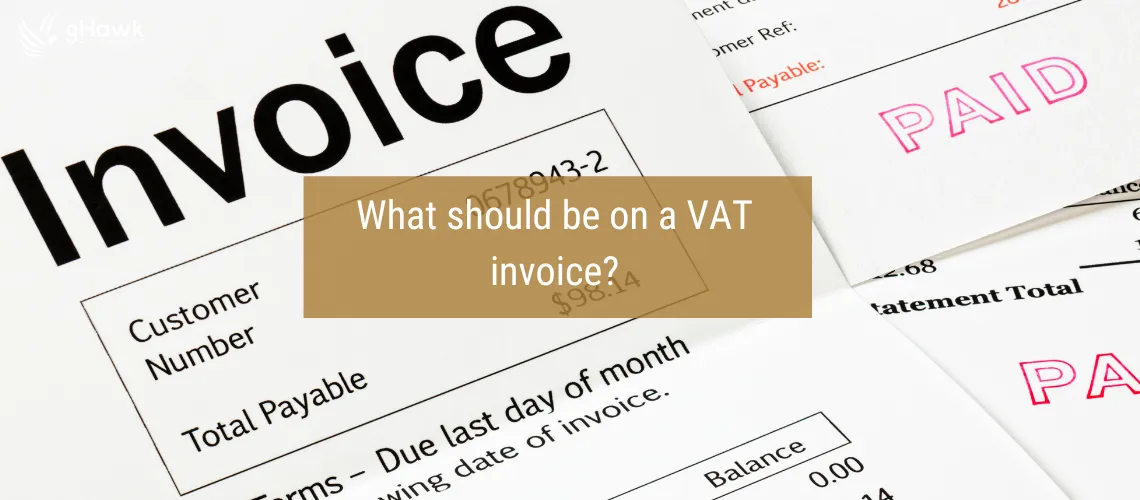Stock Management for Growing Businesses: Methods, Pros, and Pitfalls

If your business holds stock —whether that’s physical products for sale, raw materials for jobs, or equipment and tools used on client sites—effective stock management is critical to both profitability and customer satisfaction.
Here’s an overview of the most common stock management methods, their advantages and disadvantages, and practical steps to ensure your business doesn’t run out of stock at the wrong time.
1. Manual Tracking (Spreadsheets or Paper Logs)
Pros:
- Low cost and easy to start
- Flexible and customisable
Cons:
- Prone to human error
- Time-consuming
- No real-time visibility
- Difficult to scale with business growth
Manual tracking may be sufficient for very small businesses with limited stock items, but it quickly becomes inefficient as your operations grow.
2. Periodic Inventory (Scheduled Stocktakes)
Pros:
- Simple process
- Requires minimal technical infrastructure
Cons:
- Provides only a snapshot at intervals
- Doesn’t detect shrinkage or theft in real time
- Can lead to inaccuracies between stocktakes
This method is suitable for businesses that don’t need real-time data, but it demands regular discipline and detailed reconciliation.
3. Perpetual Inventory (Real-Time Tracking)
Pros:
- Always up-to-date
- Supports demand forecasting
- Enables better planning and cash flow management
Cons:
- Requires software systems and staff training
- May need barcode scanning or digital input processes
Ideal for growing businesses that want tighter control and more accurate reporting. Works best when integrated with point-of-sale or order management systems.
4. Just-in-Time (JIT) Inventory
Pros:
- Reduces storage and holding costs
- Minimises waste and obsolescence
Cons:
- High risk of delays and stockouts
- Relies on highly dependable suppliers
This lean approach works well in industries with stable demand and well-established supply chains, but is risky in volatile markets.
5. ABC Analysis (Prioritising Stock by Value)
Pros:
- Focuses attention on high-value stock
- Optimises stock investment and space
Cons:
- Requires detailed and regular data analysis
- May overlook less costly but essential items
ABC Analysis classifies inventory into three categories:
- A-items: High-value, low-volume
- B-items: Moderate value and volume
- C-items: Low-value, high-volume
This method helps you manage resources strategically.
Practical Steps to Avoid Stockouts
- Set reorder points for each stock item
- Monitor sales trends and forecast demand
- Audit your stock regularly to catch discrepancies early
- Streamline purchasing processes to avoid duplication
- Use automation where possible
Using Xero and QuickBooks Online for Stock Management
Both platforms offer basic inventory features:
- Tracking quantities on hand
- Recording cost of goods sold (COGS)
- Reporting on inventory movement
- Setting low-stock alerts (with add-ons)
For more advanced needs, you can integrate tools like Unleashed, DEAR Inventory, or TradeGecko, which sync seamlessly with Xero and QuickBooks Online.
Need Help?
If you’re struggling with stock control or want to explore digital inventory systems tailored to your business size and sector, contact gHawk Accounting today.
We’ll help you streamline operations and free up working capital.

































